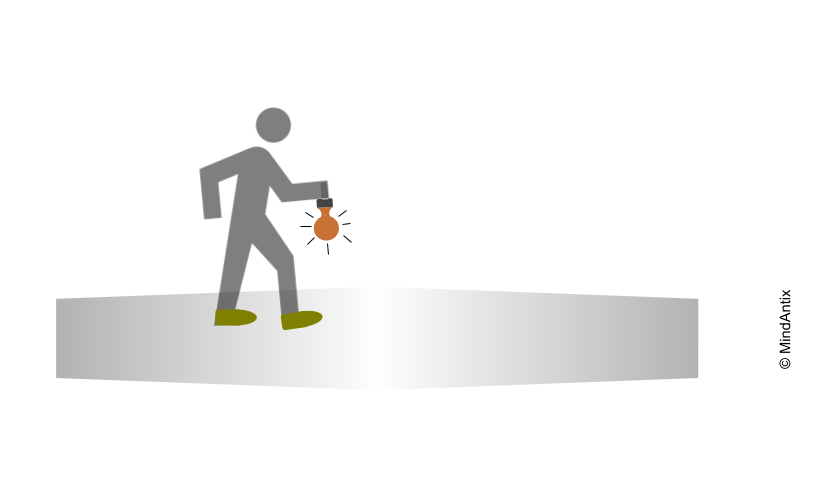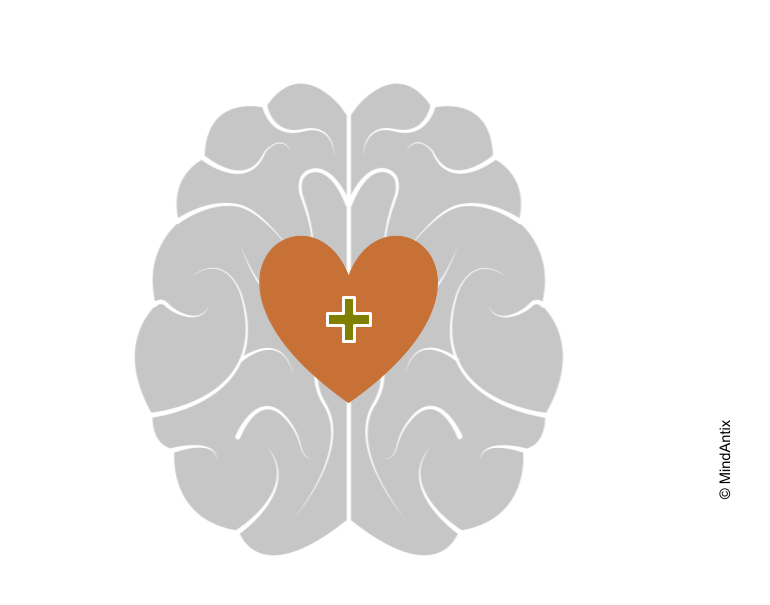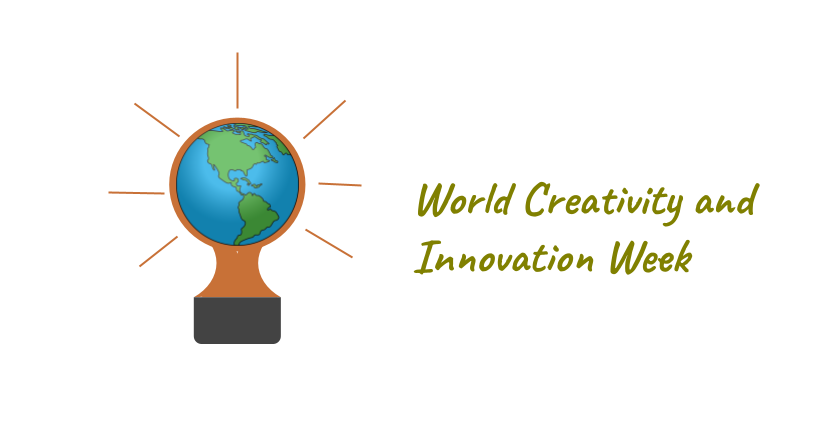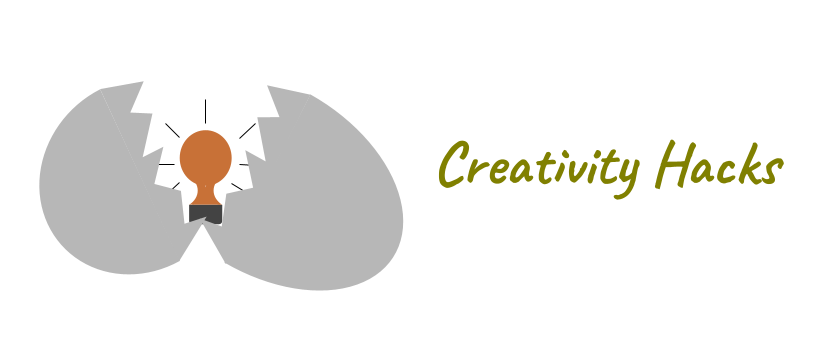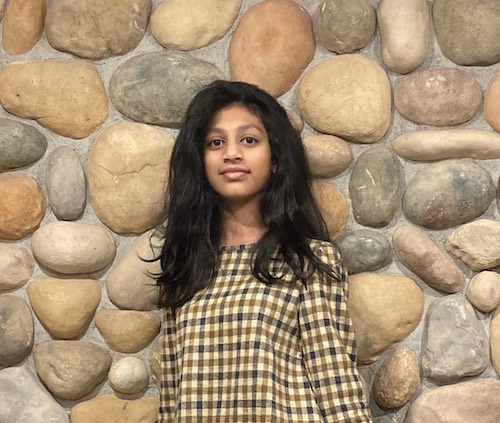“I am not a creative person!” is a fairly common refrain to hear when people talk about their own creativity. Most people associate creativity with eminent people like Einstein or Mozart, but completely overlook their own creative acts. However, these smaller creative acts that we engage in everyday life, like finding a new way to optimize a routine or coming up with a new way to teach a concept, are highly beneficial both as an individual and at a larger societal level.
Ruth Richards talks about the lack of attention we give to everyday creativity in terms of the 3 U’s: “Our creativity is often underrecognized, underdeveloped, and underrewarded, in schools, at work, and at home. Why is it, after all, that in so many schools students are trying to get 100% on someone else’s test and not making up more questions of their own?”
Our everyday creativity is a universal ability that gives us survival advantages – it allows us to adapt to changing environments and handle new situations. It also equips us to better handle life’s ups and downs and lead happier, more fulfilling lives. Here are key reasons to celebrate everyday creativity, both at work and in schools.
Paving the road to bigger creativity
Joseph Renzulli discovered that creative accomplishments arise from an interaction between three clusters of traits – above-average ability, creative thinking skills and perseverance. It’s impossible to come up with a ground breaking theory in physics without having a deep understanding of physics, approaching the problem with multiple different perspectives and spending immense hours trying to solve it.
Everyday creativity works the same way with all the traits scaled down for smaller, “little-c”, creative accomplishments. Most people already possess the ability to handle everyday tasks and the needed perseverance to make small innovations. The primary advantage of everyday creativity, then, is in providing a fertile ground for building creative reasoning skills and building creative confidence. Building creative problem skills in smaller ways paves the way for higher creative accomplishments over time.
Everyday Creativity in Schools
A recent trend in invention related education is to challenge students to solve bigger societal problems like global warming. While there is nothing wrong in educating children about the problem, asking them to find creative ways to solve global challenges actually does the opposite – it drives them towards more unoriginal ideas. Most students lack the scientific or technical knowledge to meaningfully address such challenges. So their solutions end up looking more like “awareness campaigns” that aim to influence others to invest in or solve the problem.
Posing big, global problems is the equivalent of asking students to solve calculus problems while they are still grappling with basic number operations, or asking them to write essays when they are still figuring out paragraphs. They rob students from the opportunity to build creative thinking skills.
Instead, we need to provide opportunities where students can pick areas that they are intimately familiar with to apply their creative thinking. For example, some of the invention challenges that we have posed to students are redesigning school supplies or designing a useful gadget for their pets, areas that students fully understand and can innovate in.
Everyday Creativity at Work
Everyday creativity doesn’t just help individuals in their journey from little-c to big-C creativity, they also help group outcomes. When companies harness the everyday creativity of their employees, they can create solutions that are similar or better than what experts would produce.
In one experiment, software programmers from all over the world participated in a challenge to solve a complex immunogenomics problem. The participants, roughly half of whom were students, didn’t come from academic or industrial computational biology. Despite that, several solutions outperformed industry standard software used as benchmarks, and the top most solution was two to three orders of magnitude faster than the benchmark solutions.
While each participant didn’t possess domain expertise or exceptional creativity, as an aggregate the group performed like an eminently creative person. Establishing a system to channel individual little-c creativity among employees can help solve much bigger problems effectively and provide a strong competitive advantage to companies.
Building a healthy, positive attitude
Our human creativity affects our health, well-being and personal growth. It enhances our social-emotional as well as our intellectual development.
Everyday Creativity in Schools
Higher creativity is associated with better coping skills to deal with stress and anxiety among students. When students are able to think in more divergent and flexible ways about problems, they come up with original and better ways to solve their problems. Higher creativity is also associated with higher self esteem, better ability to handle ambiguity, better mental health and optimism. In a study designed to understand the effect of creativity on the ability to handle stresses, researchers found that students that rated higher on creative thinking, were also better at handling stressful situations. The researchers noted,
“Any effort on the part of parents, teachers, or other professionals to encourage and provide opportunities for the enhancement of children’s creative thinking skills may have secondary payoffs with regard to their coping abilities. In this regard, children may respond much more readily to creative-thinking opportunities than stress management or social skills training workshops or classes.”
Everyday Creativity at Work
Several research studies have highlighted the relationship between creativity and positive affect. Engaging in creative problem solving as part of work increases a sense of accomplishment and purpose. In a study on organizational creativity across several industries, researchers found that the majority of the participants reported a primary positive reaction of joy, pride, satisfaction and relief. A couple verbatim comments capture the positive emotions felt by participants as they engaged in successful creative problem solving.
“I really enjoy the type of work I was doing today—like solving a great big puzzle and using really great tools to do it.” (A female participant in a high-tech company)
“.|.|. [In] consideration of the enormous complexity and machinery involvement, I was forced to think. An alternative idea soon came to mind. [Description of the idea.] This not only simplifies our [current] trial tremendously, it also vastly increases the probability of success for the [trial next week]. It alternatively saves about six man days of labor, a week of schedule time, and over a thousand dollars in outside cleaning costs. This WIN-WIN eureka boosted our
spirits and let us finish the week on a high note.” (Male participant in a chemicals company)
Everyday creativity is a skill that we all possess but often forget. Engaging in small creative acts, especially at younger ages, can help pave the path for bigger creative accomplishments later in life. And perhaps, even more importantly, help us lead happier lives.
This article first appeared on edCircuit.

